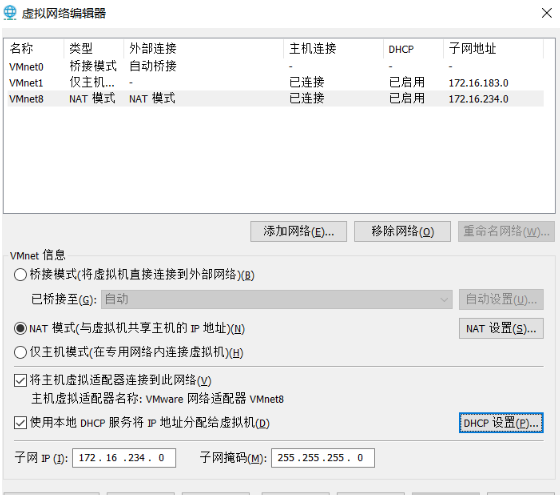一、引言
Vite是一款快速的前端构建工具,其插件机制允许开发者扩展它的功能,以满足各种个性化需求。无论是优化性能、处理特定文件类型还是自定义构建流程,Vite插件都能发挥重要作用。
二、Vite插件基础
插件钩子
Vite插件通过钩子函数与构建过程进行交互。常见的钩子包括transform(用于转换代码)、resolveId(解析模块ID)、load(加载模块内容)等。例如,transform钩子在代码转换阶段被调用,开发者可以在此对代码进行语法转换、注入自定义逻辑等操作。
插件结构
一个基本的Vite插件是一个JavaScript函数,它返回一个包含钩子函数的对象。以下是一个简单的示例:
export default function myPlugin() {
return {
name: 'my - plugin',
transform(code, id) {
// 在这里进行代码转换
return {
code: code.replace('hello', 'world'),
map: null
};
}
};
}三、插件开发实践
处理自定义文件类型
假设我们要开发一个插件来处理.my后缀的文件。首先,使用resolveId钩子来识别该文件类型:
export default function myFileTypePlugin() {
return {
name:'my - file - type - plugin',
resolveId(id) {
if (id.endsWith('.my')) {
return id;
}
return null;
},
load(id) {
if (id.endsWith('.my')) {
// 这里模拟加载文件内容
return 'export default "This is a custom.my file";';
}
return null;
},
transform(code, id) {
if (id.endsWith('.my')) {
// 对文件内容进行进一步转换
return {
code: code.replace('custom', 'unique'),
map: null
};
}
return null;
}
};
}优化性能
可以开发一个插件来压缩CSS代码。借助PostCSS库,在transform钩子中对CSS代码进行压缩:
import postcss from 'postcss';
import cssnano from 'cssnano';
export default function cssCompressionPlugin() {
return {
name: 'css - compression - plugin',
transform(code, id) {
if (id.endsWith('.css')) {
return postcss([cssnano]).process(code, { from: id }).then(result => {
return {
code: result.css,
map: result.map
};
});
}
return null;
}
};
}四、使用插件
在Vite项目中使用插件很简单,只需在vite.config.js中引入并应用插件:
import { defineConfig } from 'vite';
import myPlugin from './my - plugin';
import cssCompressionPlugin from './css - compression - plugin';
export default defineConfig({
plugins: [myPlugin(), cssCompressionPlugin()]
});五、总结
Vite插件开发为前端开发者提供了强大的扩展能力。通过理解插件钩子和掌握开发实践,开发者可以根据项目需求灵活定制Vite的功能,提升开发效率和项目性能。无论是处理独特的文件类型还是优化资源,Vite插件都能为前端项目带来更多可能性。
本文链接:https://blog.runxinyun.com/post/1003.html 转载需授权!




















留言0